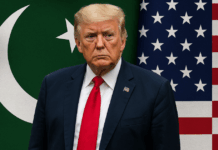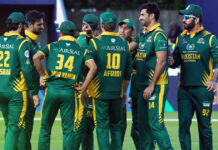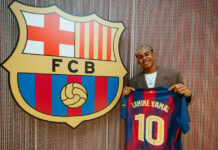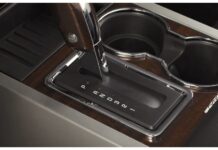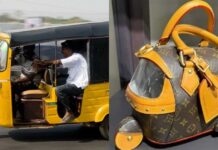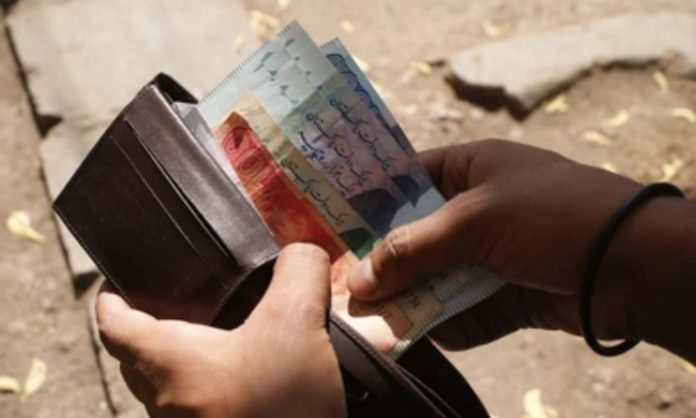In Pakistan’s busy marketplaces, where the perfume of spices blends with the vivid colors of regional textiles, pricing techniques are crucial in influencing client purchases. From the tangle of lanes in Karachi’s bazaars to the posh malls in Lahore, companies use a variety of strategies to sway consumer behavior. This article explores the subtle, sometimes disregarded pricing techniques that encourage consumers to spend more money than they had planned.
1. Psychological Pricing Tactics

A deliberate approach to pricing that seeks to influence a customer’s perception and behavior is known as psychological pricing. Here are a few typical strategies:
- Charm pricing: It is the practice of establishing prices with a .99 or .95 at the end. The theory behind this is that, despite the little discrepancy, prices ending in these figures are seen as being much lower than they actually are.
- Prestige Pricing: For luxury items, some firms choose to utilize round figures (e.g., PKR 20,000 rather than PKR 19,999) to convey an air of exclusivity and quality.
- Anchor Pricing: In this scenario, merchants place a higher Original price adjacent to the sale price, giving the impression that the discount is greater!
2. Maximizing Perceived Size Of Discount
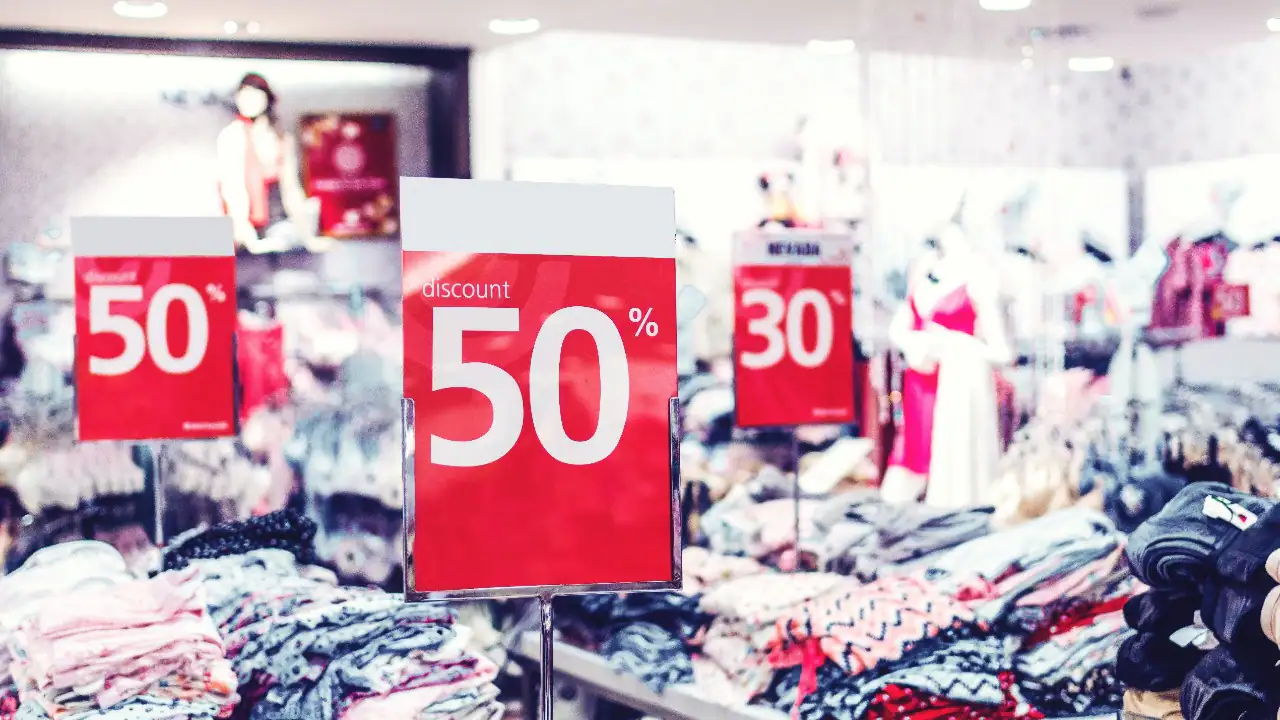
Frequently, brands employ strategies to inflate the perceived value of their discounts:
- High-Low Pricing: This tactic includes charging more for products at first and then providing substantial discounts to give the impression that you are saving more money.
- Buy One, Get One Free (BOGO) Deals: These promotions create the impression that buyers are getting better value since they are obtaining an extra product at no additional cost.
3. Phonetical Discount Pricing

Surprisingly, the sound of the price when pronounced matters more than the actual cost! For instance, PKR 14,900 sounds cheaper than PKR 15,000 because it has more syllables, giving it a more sophisticated appearance and thus seeming more affordable. Despite the marginal difference, buyers remain unaware of this tactic in their daily lives.
4. Decoy Pricing
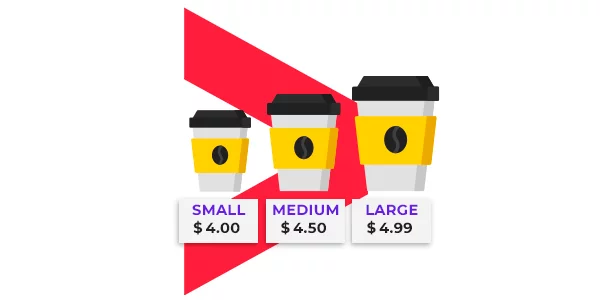
Brands occasionally release a fictitious product with a price between two available alternatives. The decoy’s purpose is to increase the appeal of one of the other possibilities rather than to achieve a sale.
Decoy pricing is especially common in dining establishments and movie theaters. The popcorn bargain, which costs PKR 400 for small, PKR 550 for medium, and PKR 650 for big, is a prime example. By acting as a sham, the medium gives the impression that the big is available for just PKR 100 more, while in actuality, you’re paying a PKR 250 difference!
Numerous factors, including psychological patterns like product availability and representativeness as well as socio-demographic traits like age, income, and education, have an impact on consumer behavior in Pakistan.
The strongest line of defense for Pakistani consumers against these pricing ploys is awareness. We may avoid the impulse to overspend by making educated judgments and being aware of the tactics at play.
Stay tuned for more market advise like this; this is your soon-to-be favorite friendly neighborhood reporter, Zayaan, Signing Off!





